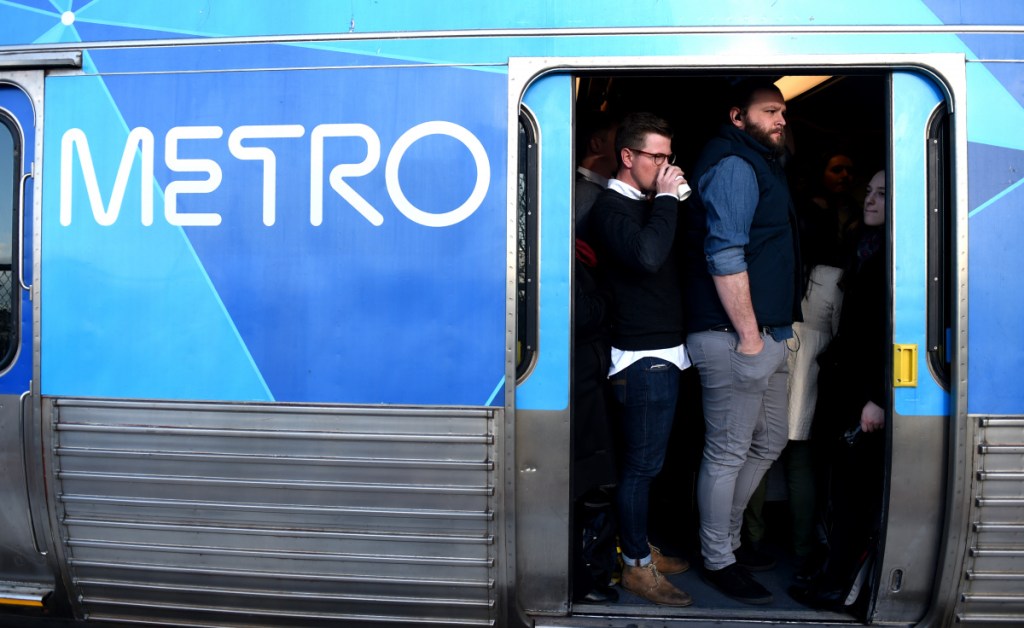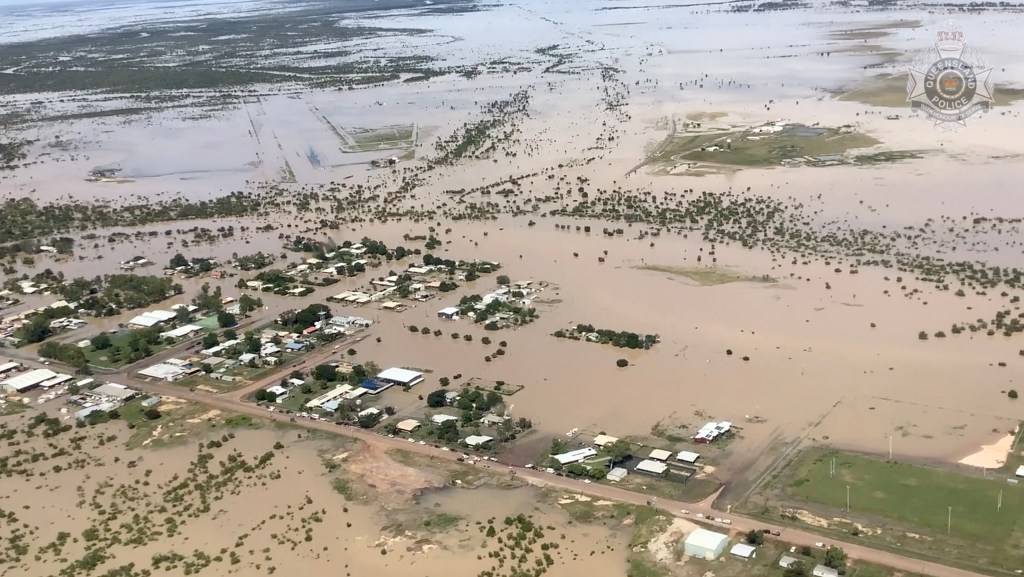What Australia needs to cope with a booming population


Australia's population is quickly changing, according to new data. Photo: TND/Getty
Australia’s population is set to hit 27 million by the end of the month – but how can the country cope with an ever-expanding number of residents?
Research by McCrindle shows the population will hit the milestone by January 25, having already increased by 624,100 – equivalent to more than the current population of Tasmania – over the past 12 months.
The growth is mostly being driven by 737,200 overseas arrivals balanced against 219,100 departures over the past year; in the decade leading up to the pandemic, Australia had averaged an annual 485,600 overseas arrivals and 269,700 departures.
McCrindle social researcher Geoff Brailey said the increased migration to Australia, largely driven by workers filling labour gaps and the return of international students, is good news.
But planning for future growth needs to maintain momentum alongside strong population growth.
Housing
Australia is already in the throes of a housing crisis, with a severe supply shortage expected to persist throughout this year, keeping the cost of housing high and vacancy rates low.
Capital cities will receive the brunt of the burden of housing in the facing of a growing population, with cities such as Melbourne seeing an influx of people.
Brailey said regional areas were also hit hard by sudden surges in population during the pandemic as Australians flooded out of the cities.
Many regions were caught unprepared, and saw housing availability contract and infrastructure such as health and childcare put under pressure.
Australia will need another 1.5 million houses in the next six years to keep up with demand, and Brailey said the focus should be put on vertical developments and possibly the creation of new cities to take pressure off the likes of Melbourne and Sydney.
KPMG director of demographics and urban economics Terry Rawnsley said the number of current building approvals and commencements across the major capital cities will add to the housing supply enough to keep the national rental vacancy rate sitting around 1 per cent.
But to meet demand, a vacancy rate between 2 and 3 per cent would be needed.
This means the housing shortage is likely to continue over the next few years, and solid plans need to be put in place to ramp up construction during that time to eventually catch up to demand.
“It’s really [the] next two or three years, we need to get the various planning levers in place to get more and more housing rolling through,” Rawnsley said.
But efforts to increase housing supply face significant headwinds.
Rawnsley said the cost of building a dwelling increased about 30 per cent over the last 24 to 36 months compared to pre-COVID, thanks largely to pandemic-induced supply chain issues and labour shortages, along with energy price hikes due to the Russia-Ukraine war.
Months of rapid interest rate rises have also put the squeeze on developers and home-buyers alike.
“We’re in this perfect storm, where a lot of things are going against the supply of additional housing,” he said.
“So that’s why governments and development sectors are trying to work out how to get more housing into the system as quick as we can.”
Infrastructure
Major capital cities are already trying to alleviate the pressure of growing demand for public transport infrastructure.
Two in five Australians already live in Sydney and Melbourne – and populations are only expected to grow in the coming years, Rawnsley said.
Melbourne’s new Metro Tunnel could open as soon as September, taking pressure off the City Loop and creating several new stations, including in Arden, a developing area in the city’s north.
Sydney is working on a new metro line as well, although the merits of the project are under inquiry.

Investment in transport infrastructure is vital to supporting a growing population. Photo: AAP
Infrastructure such as health, childcare, and schools are also vital to support rapidly growing populations,
The housing crisis might be forcing people out to still-developing suburbs or regional towns which are not yet ready to meet the demand for those services.
This is why cities are still pushing for people to move to well-established areas.
“High-growth, greenfield areas, for example, they’re the ones where the service version might not be able to keep up with the rapid population growth,” Rawnsley said.
“New South Wales and Victorian governments are trying to get more of an urban intensification happening around existing train stations in particular.
“[They’re trying to go], ‘This is the areas where there are existing schools, existing childcare, health care, retail services. Let’s try and get a greater density of people there rather than relying more and more on greenfields where you’ve got to build all that infrastructure and the transport to go with that.'”
Environment
While development of transport infrastructure is necessary, and billion-dollar public transport projects are already underway, Brailey said there also needs to be an emphasis on environmentally-conscious transport.
The recent record uptake of electric vehicles, largely driven by state, territory and Commonwealth government investments, has been a “great area of growth”.
But Brailey said there also needs to be an emphasis on “active transport” – walkability and room on roads for cyclists.
“The changing composition of our cities will shift car usage patterns as we learn to adopt ride-sharing, which reduces the need to own a vehicle, which reduces the need to have as much parking…which reduces the amount of cars in cities, which reduces the amount of traffic,” he said.
“As our cities grow, we might not notice traffic declining, but…it will be interesting to see that shift…away from…fuel-based cars into electric or hydrogen-based vehicles into the future as well.”
The environmental impacts of climate change will also determine where more focus is needed in developing housing and infrastructure for new additions to Australia’s population.

Frequent flood disasters are holding back population growth in regional towns. Photo: AAP
In particular, back-to-back floods and bushfires over the last few years will likely deter population growth in certain regional areas in favour of urban areas with less risk, such as capital cities, Rawnsley said.
He said in the past, regional centres may have had major flooding once every 10 or 20 years, giving communities time to clean up and get back to their regular lives.
But over the last four to five years, some locations have been hit by major floods over two consecutive years, or suffered a bushfires and floods within a short timeframe.
“This makes increasing population growth in those areas more challenging,” Rawnsley said.
“Because people can’t produce more housing, because all the construction sector is working on repairing damaged stock, and … people [don’t want] to go through those flood environments,”
“So there’s probably a lot of parts of the country where a changing climate, increased natural disasters, [are] holding back population growth.”








